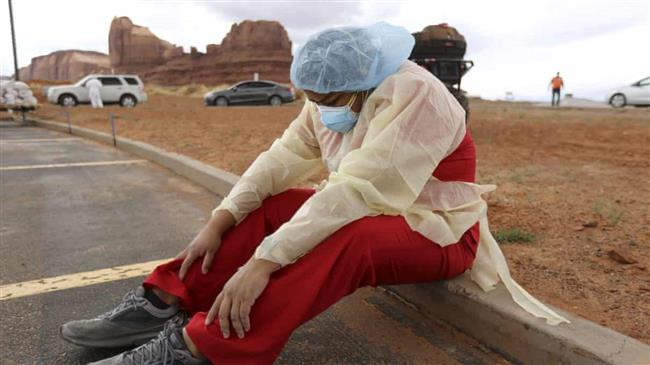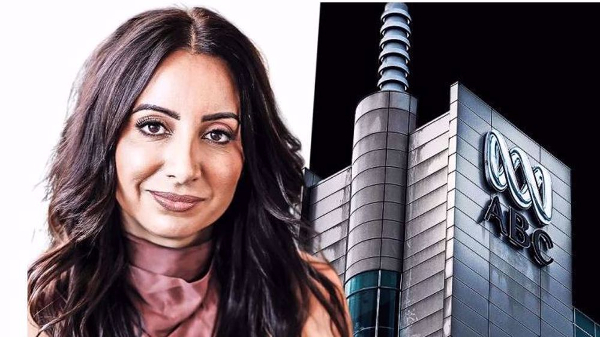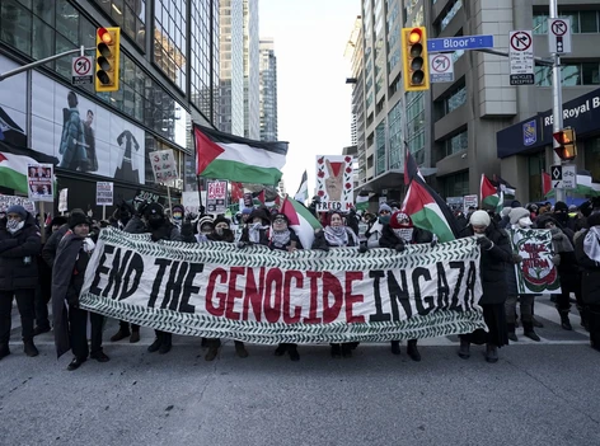
A Navajo health worker takes a brief break as vehicles line up for Covid-19 testing outside of the Monument Valley health center in Utah last month. (Photo by AP)
Every day the president of the Navajo nation provides a coronavirus update, and every day thereís more bad news.
The Native American tribe now has the highest per-capita Covid-19 infection rate after only New York and New Jersey, and the spread is not slowing.
"We are doing our very best to flatten the curve with the very limited resources we have on the Navajo nation," president Jonathan Nez told the Guardian. "The first citizens of this country were once again pushed aside by the most powerful government in the world ... but now that weíre in the headlines, US citizens are finally realizing the deplorable conditions our people live in. Weíre fed up. This has got to end."
As of Thursday, there were 2,757 confirmed cases for the Navajo nation - whose rural territory stretches 27,000 sq miles over the south-western Colorado plateau across Arizona, New Mexico and Utah. The official death toll stood at 88 - higher than 13 states - though the actual number of fatalities is likely to be much higher as the sickest patients requiring ventilators and intensive care are transferred to state hospitals.
The virus has spread rapidly among the Navajo since the first case was confirmed at the end of March, even though the tribal government was among the first to issue a stay-at-home order, lock down schools and business, and impose evening and weekend curfews.
Despite the unfolding crisis, it wasnít until Wednesday that the nation received its portion, around $600m, of federal coronavirus relief funding. It came six weeks after it was promised and a week after the government missed a congressional deadline for distribution, and only after suing the federal government over who is eligible for the money.
"We donít have the resources of New York and New Jersey and yet itís taken six weeks for tribes to see this money," said Nez. "The federal response has been too slow."
This slow, inadequate response by the government is nothing new.
The US has repeatedly violated its treaty obligations by failing to adequately fund healthcare, education, housing, economic development and agricultural assistance for tribal nations, according to the National Congress of American Indians.
As a result, the Navajo nation is beset with widespread structural, economic and health injustices which have helped coronavirus spread and hampered efforts to curtail it.
Take housing. Itís been extremely challenging to quarantine infected individuals because of inadequate basic infrastructure and widespread overcrowding, according to tribal council delegate Amber Kanazbah Crotty.
In part, the latter is down to cultural norms which mean multiple generations often live together, but itís also due to chronic housing shortages, complex federal restrictions on construction, high unemployment and poverty on the reservation.
In tribal areas, 16% of American Indian and Alaska Native households live in overcrowded conditions - eight times the rate of the rest of the population.
"We donít have enough hospital beds for individuals to recover, so weíve had to send people home where the virus is spread," said Nez. After multiple family outbreaks, up to 150 coronavirus patients will now be temporarily housed in three converted community gyms, instead of being sent home.
Itís not just the quantity of homes, itís also about quality. About 30% of people do not have electricity, and so cook and heat their homes by burning coal or wood which irritates the lungs - potentially exacerbating the risk of severe Covid-19. Thatís on top of high rates of lung disease caused by decades of exposure to uranium mines.
In addition, depending on the season, as many as 40% do not have running water, according to research by the John Hopkins Centre for American Indian Health (CAIH). And the vast reservation is a food desert, with only 13 grocery stores, which means some people travel up to 150 miles to shop.
"Social distancing isnít simple, when people have to move to survive," said Kanazbah Crotty.
As a result, the average age for coronavirus cases among the Navajo is just 45 years old, according to Crystalyne Curley, spokeswoman for the operational command center.
Unsurprisingly, perhaps, the lack of running water increases the risk of infectious diseases. But the crisis is also linked to childhood obesity - the number one risk factor for type 2 diabetes, which is seven times more common in native youth than the general population, according to Dr Allison Barlow, the CAIH director.
"The clash of historic traumas, accumulated stressors and poor social determinants cannot be underestimated in what weíre seeing now with coronavirus. Thereís such a complex constellation of risks piled up and chronic underfunding is part of that puzzle," said Barlow.
According to Laura Hammitt, an infectious diseases specialist, the emerging epidemiological data suggests Covid-19 infections are more common and more severe in younger Navajo people than the general population. This is partly linked to underlying medical conditions such as diabetes, heart disease and respiratory conditions - which are more prevalent among younger Native Americans than non-Natives. The average age of those who have died is 66 - significantly younger than in the US as a whole.
The tribe continues to struggle to obtain enough testing kits and PPE, especially gowns and masks, and has been forced to rely on private donors including the actor Sean Penn. Contact tracing is also still very limited, though a training program is now under way.
Still, Nez has come under pressure from some local mayors to reopen tourist attractions, as states look towards easing lockdown restrictions despite public health warnings
Nez added: "Lots of states are risking second spikes by not following professional advice. I love my people and we are not going to reopen prematurely."
Source: The Guardian
LINK: https://www.ansarpress.com/english/17221
TAGS:






























 Farkhunda Buried, Ghani Appoints Fact-Finding Team
Farkhunda Buried, Ghani Appoints Fact-Finding Team




